Innovation Alphabet
Digital Twin
In a nutshell
The digital twin consists of the virtual replica of a real product, process, or system. Interconnecting the physical and computer worlds makes it possible to study both realities in order to fully understand their behavior and thus carry out an important preventive activity.
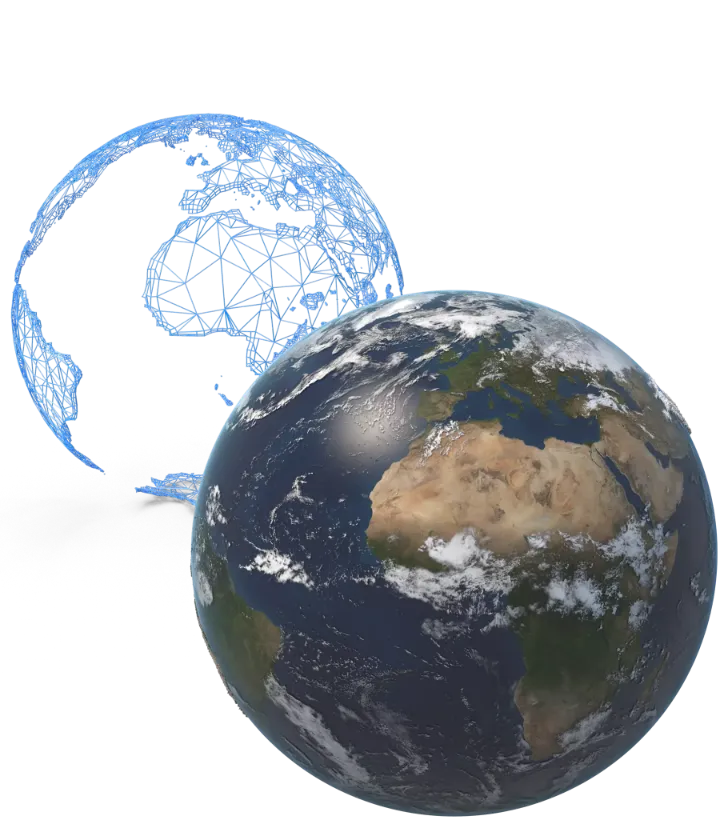

Application Fields
• Predictive maintenance: Digital Twins can identify and anticipate possible machine or system failures. By analyzing the history of malfunctions, it allows technicians to plan a maintenance intervention before the failure occurs.
• Performance monitoring: Twins can keep an eye on the performance of the physical plant in terms of yield, quality and other important KPIs (Key Performance Indicators) in real time. The alerting system notifies the department manager of the requirement for an audit, preventing defective and unrecoverable items from being produced.
• Simulation of possible scenarios: Based on system history and mathematical models, Digital Twins make it possible to simulate forecast scenarios under unconventional conditions. For example, monitoring the behavior of the distribution network when dealing with changes in the organization.
• Addressing climate change: The European Union has launched the “Destination Earth” initiative. It will draw on a host of environmental, socioeconomic and satellite data to develop digital “doppelgangers” of the planet in order to help policymakers better understand and respond to rising temperatures. Then, AI techniques will analyze human and natural activity and allow for simulations that will predict future environmental change and its impacts. The potential is very broad: from understanding the effects of geo-engineering to evaluating genetic mutations on infectious species such as mosquitoes.
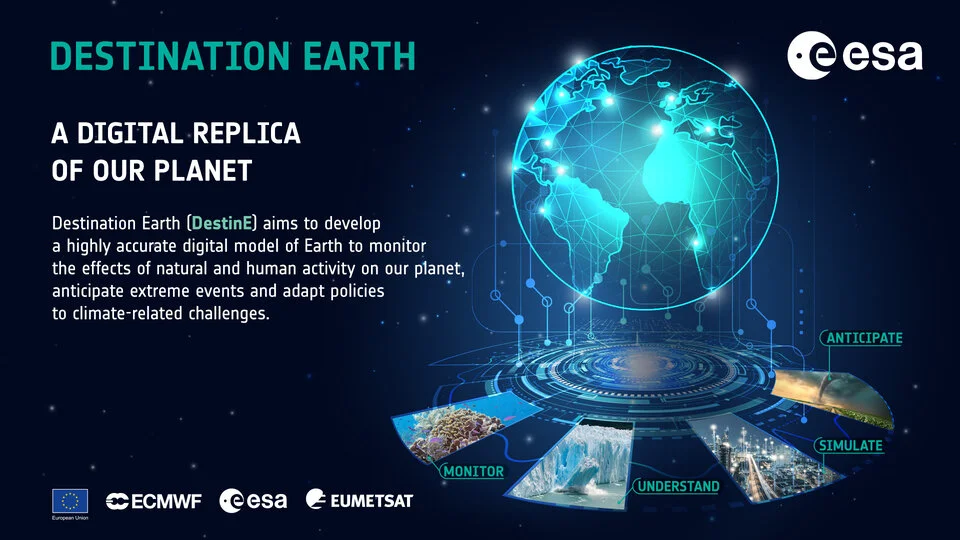
Industries
• Digital Twin in the manufacturing industry
Fameccanica, a world leader in the diaper and sanitary napkin manufacturing machinery industry, has created a virtual room in which production machinery can be replicated in real, three-dimensional size in order to optimize product development and train maintainers accurately and comprehensively.
• Digital Twin in the energy industry
General Electric has created digital twins to control the maintenance and after-sales phase of wind power systems. When a turbine is sold, it is paired with a virtual replica. The physical product, thanks to its sensors, communicates with the virtual turbine by providing data on ignition, blade rotation speed, electrical power, and so on.
• Digital Twin in the sports industry
Digital clones are used to fine-tune Formula 1 car racing. In fact, simulating the race helps the driver and his team improve performance before taking to the track.
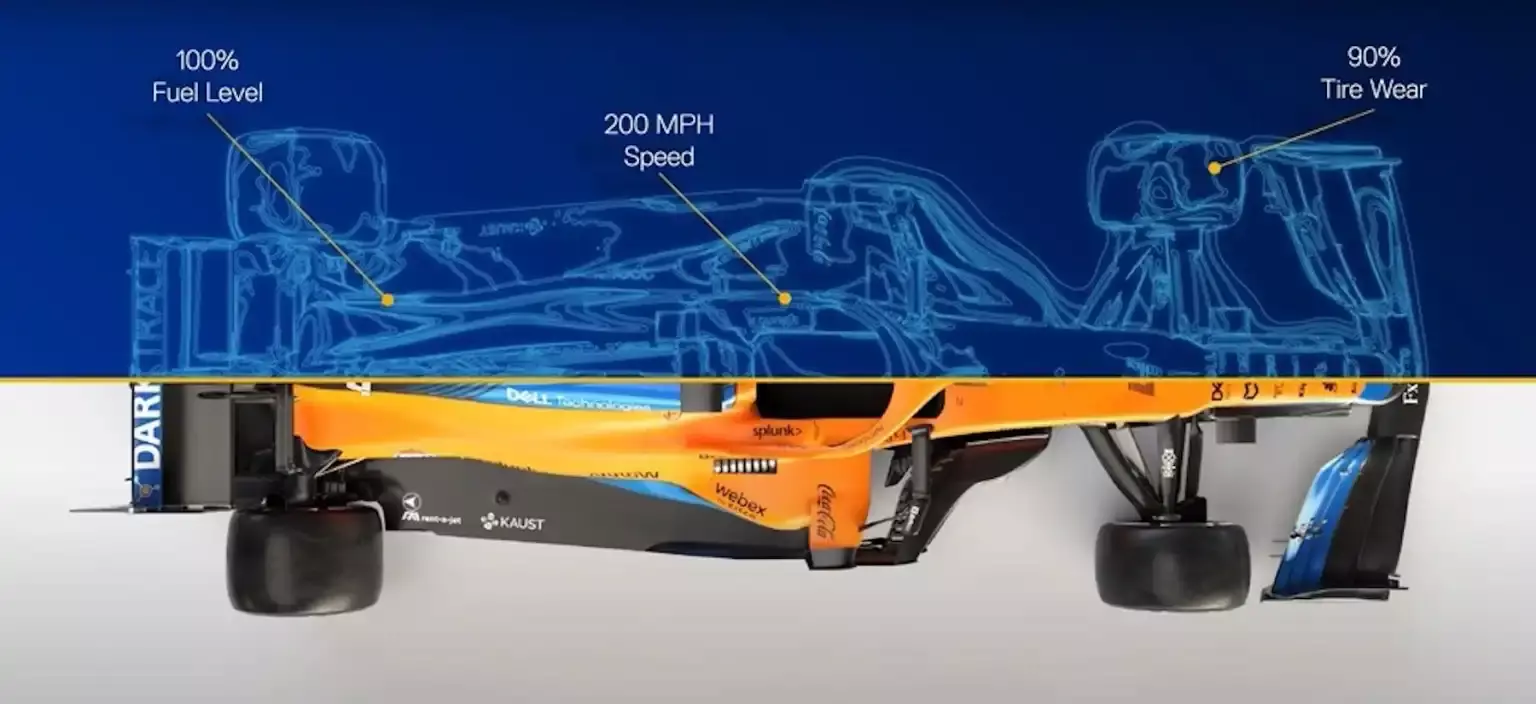
Do you have a Strategy & Innovation challenge to tackle? Let’s face it. Together.
C-levels from these companies (AND MORE) relied on my expertise to overcome thEIR CHALLENGES IN THIS AREA. And you can, too.
Can I help you?Business Functions
• Digital Twin in support of healthcare
In medical care, the use of digital twins would allow doctors and operators to experience different treatments and procedures in a simulated environment rather than on a real patient. French startup Sim&Cure, for example, has developed a Digital Twin for the treatment of aneurysms.

• Digital Twin in support of design
Dallara is an Italian manufacturer of racing cars that develops virtual models to test its products before manufacturing them. The company leverages Digital Twins to perform all the tests and simulations necessary to finalize each design. When the computer twin is ready, bits are converted into atoms (any references to existing podcasts are purely coincidental) and the product is obtained. A procedure that speeds up the design process.
• Digital Twin in support of training employees
ENI uses the Digital Twin to train employees, who are given smart glasses and a sensorized glove. They can then move in an Augmented Reality space within the virtual twin of an installation and simulate supervised and safe operations.
Stay in wonderland
Let me show you how deep the rabbit hole goes.
Check out more of the Innovation Alphabet:
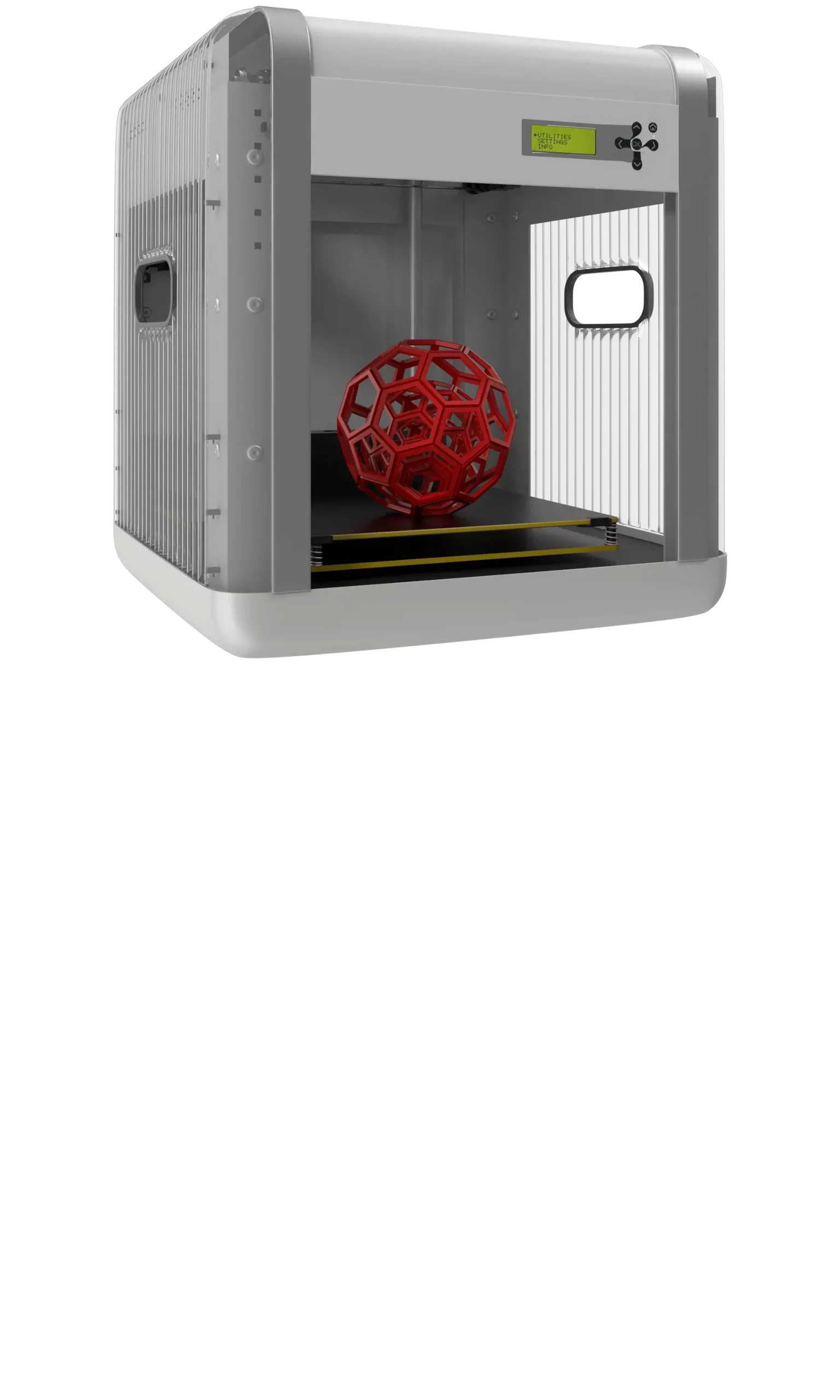
3D Printing
3D Printing
“3D printing” is a process carried out by an electronic device which, instead of resorting to the canonical ink, it molds almost any kind of material: from concrete to living tissue, most usually plastic, but also metal. And the operating principle is similar to that of a traditional printer. The creation of three-dimensional models can lead to the redesign of a company’s production capabilities.
Dive In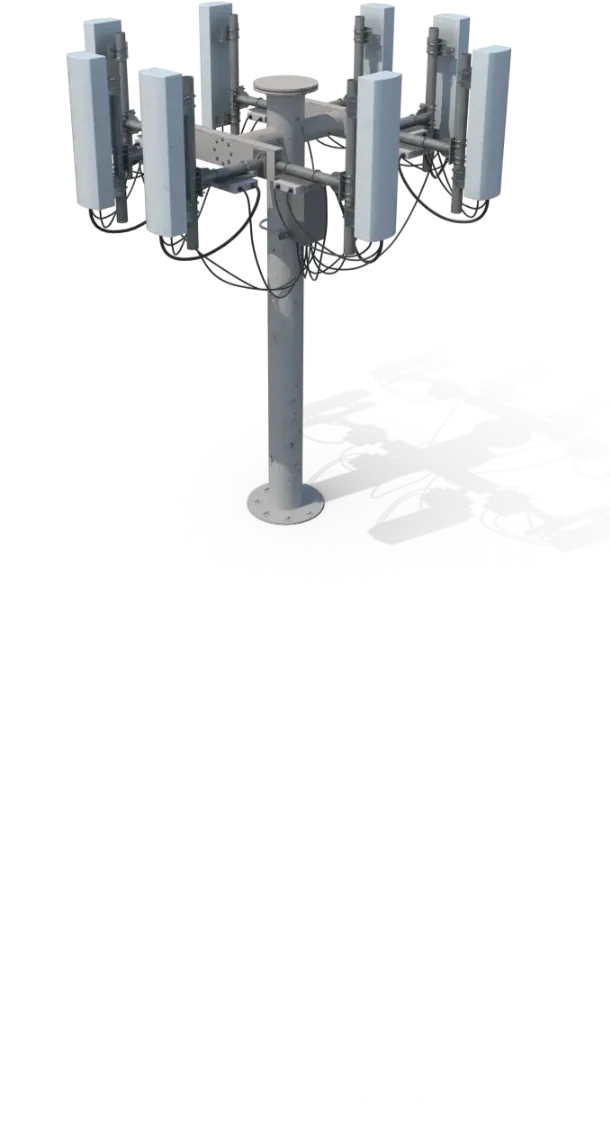
5G
5G
5G is the new frontier of cellular telephony. It was designed to improve (or completely replace) previous generations of mobile networks. The 5th generation features lower latency, ensuring flawless performance of business applications and many other digital experiences – thus enabling the new cultural generations to furiously play Fortnite away from home.
Dive In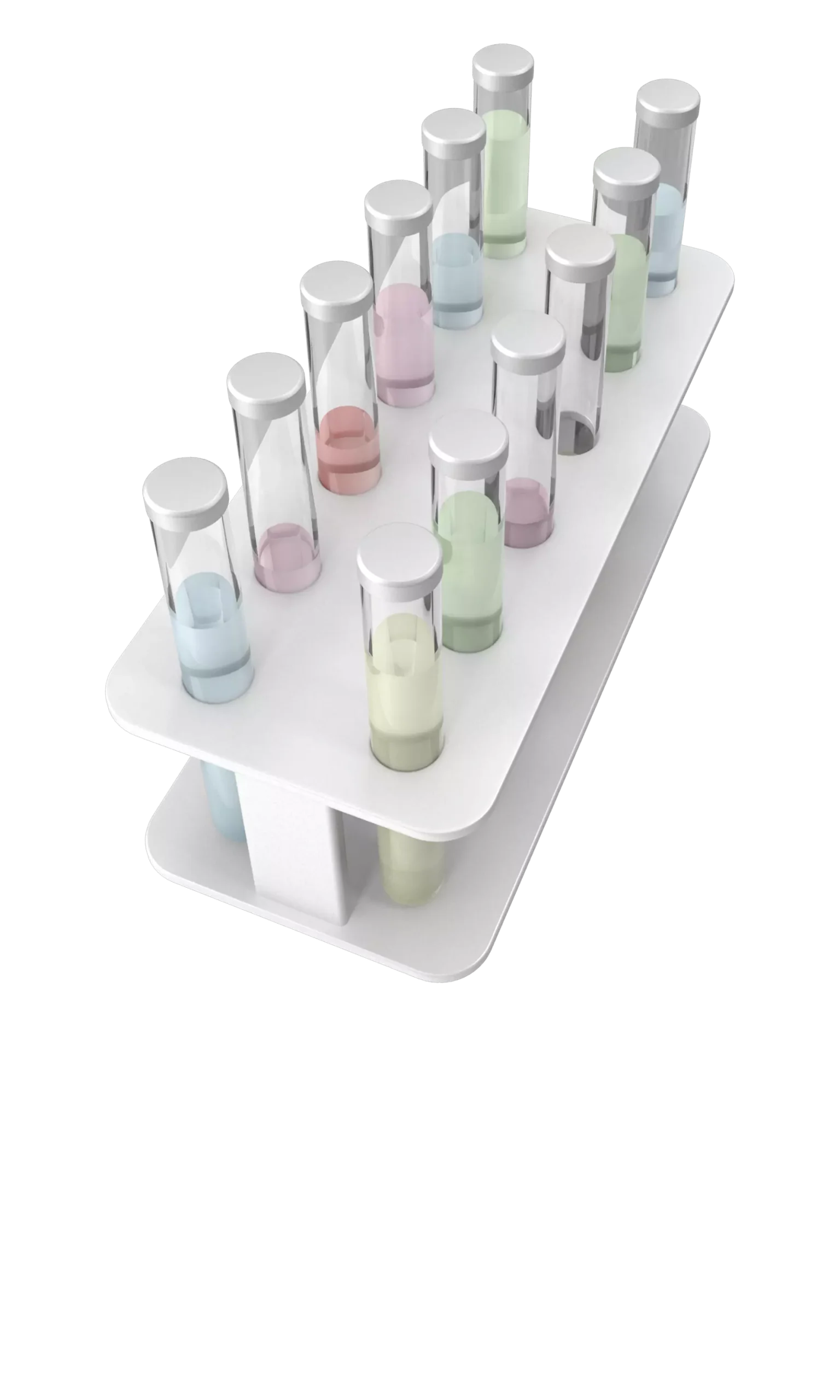
Advanced Analytics
Advanced Analytics
The term “Advanced Analytics” refers to the ability to autonomously or semi-autonomously analyze data and content to identify correlations, develop analyses, predictions, and recommendations. It is not just a matter of collecting information and then organizing it into watertight compartments: the ultimate goal is to identify a dialogue pattern from a data-driven perspective.
Dive In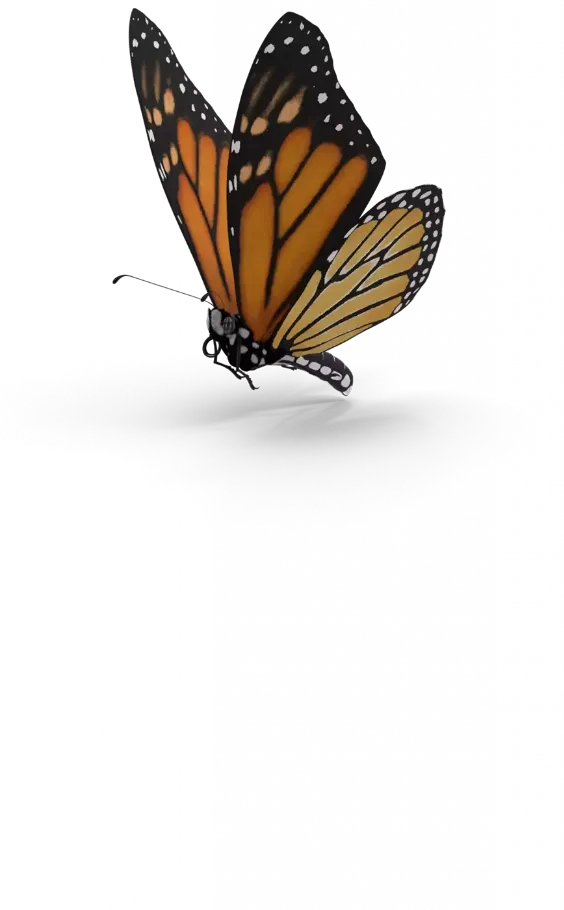
Agile
Agile
Agile is an approach to software development designed to respond to change. Teams quickly analyze the context in which they operate, identify uncertainties faced, and figure out how to adapt to always move forward. Interaction between individuals comes before processes and tools; collaboration with the customer is more important than negotiating contracts.
Dive In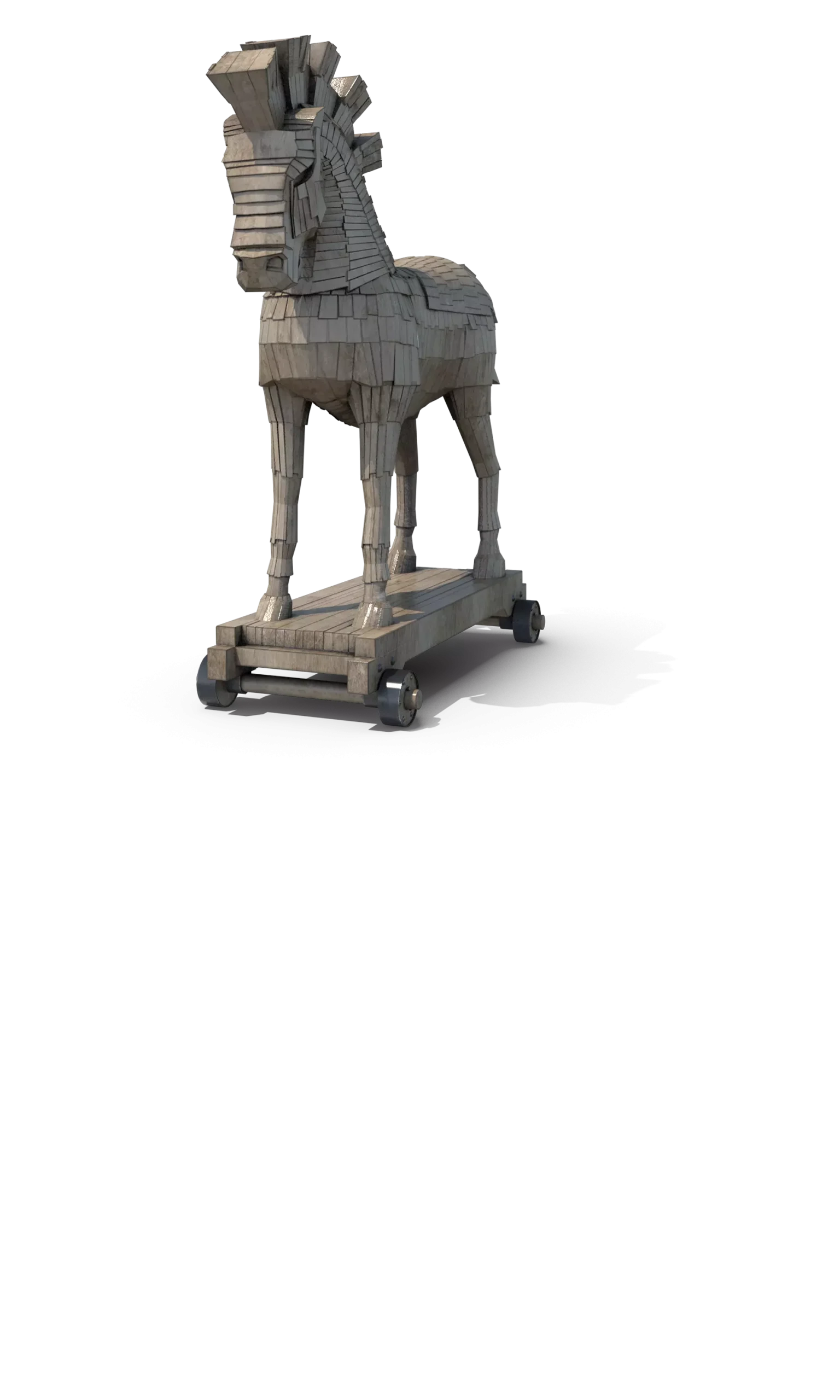
Ansoff Matrix
Ansoff Matrix
The Ansoff Matrix is a marketing planning model that arises from the intersection of new and existing products and markets. It derives four possible strategies for expanding the company’s market, which are built around four variables with a changeable factor of risks and possibilities: existing product, new product, existing market, new market.
Dive In
Artificial Intelligence
Artificial Intelligence
Artificial Intelligence is not strictly defined. Basically, it is a computer system able to make decisions in an independent and flexible way. A good AI application can perform everyday tasks better than an average person (e.g., identifying other people from their photos on social media or beating the best chess player). Nothing to fear, then. Unless you are a chess champion.
Dive In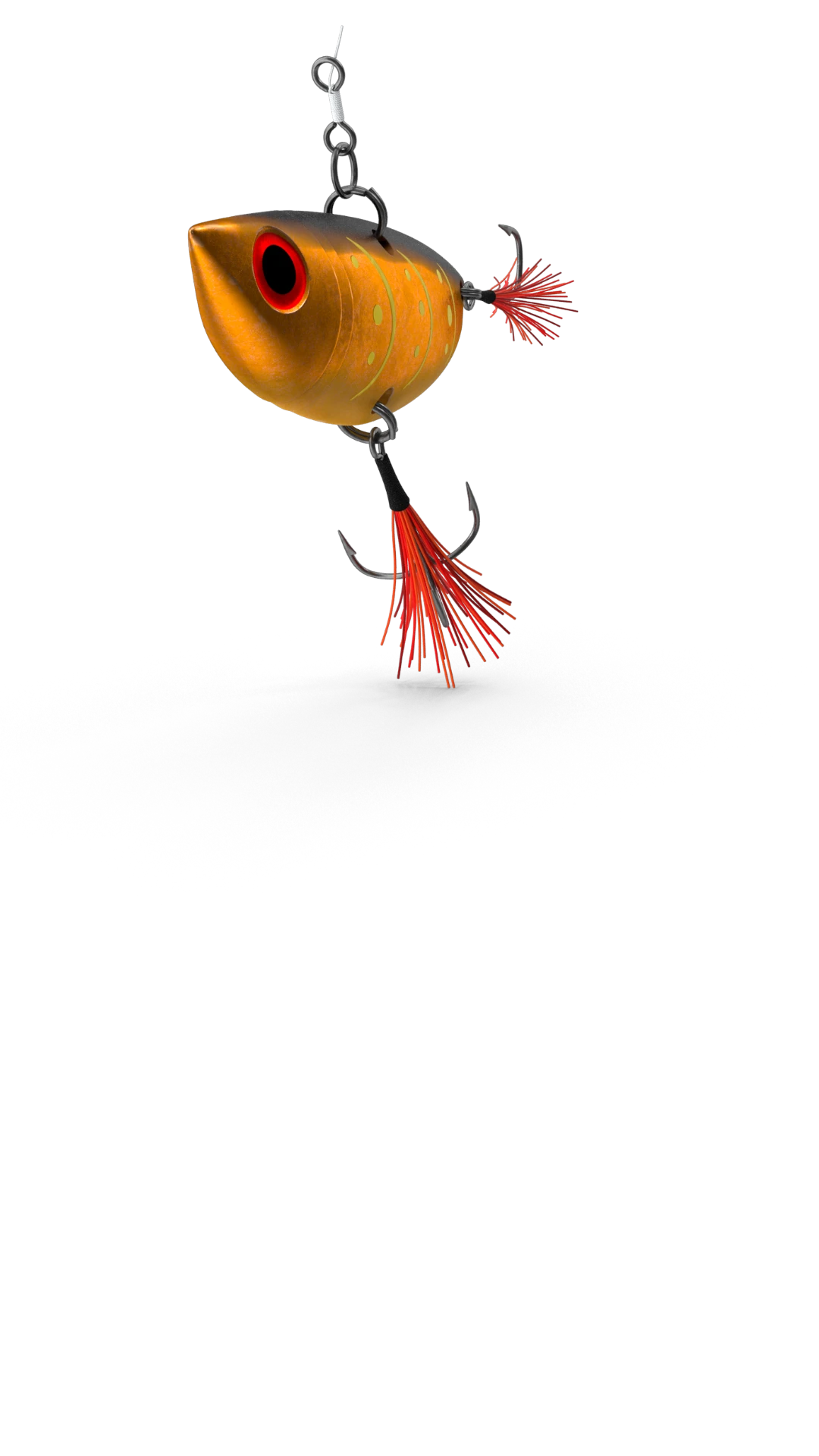
Artificial Scarcity
Artificial Scarcity
We often tend to desire what we cannot have. Or what we are in danger of losing: Artificial Scarcity is a strategy that flaunts a limited number of items that do not correspond to actual availability. The goal is to stimulate the perception in consumers that the stock of items is about to run out and thus create a need based on the “fear of being cut off” or the intention to buy the item in order to resell it at a higher price.
Dive In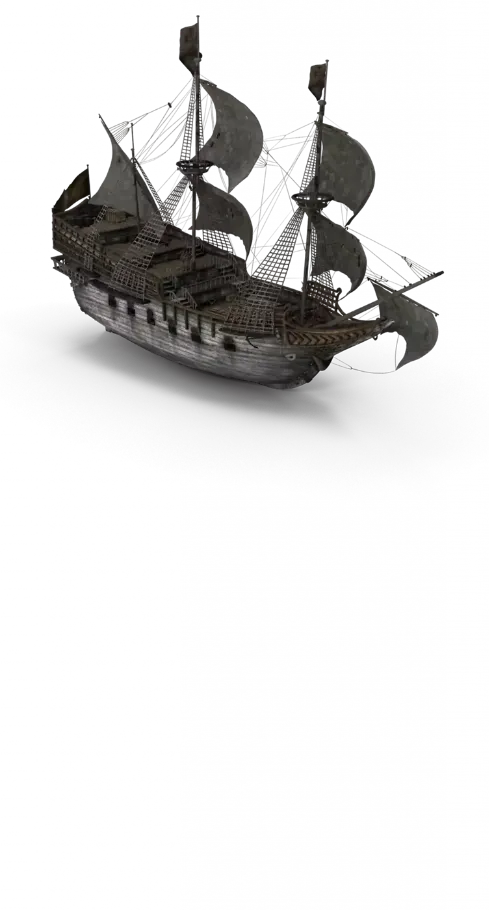
Attack Surface
Attack Surface
The term attack surface refers to the part of a system that may be subject to attack or breach by hackers. The smaller that surface is, the easier it will be to protect it. Indeed, the Internet is an ocean of deep, dark waters: those who navigate it must be aware that they are exposing themselves to a flood of digital risks. Yet, ironically, we do not need a big boat to shelter us.
Dive In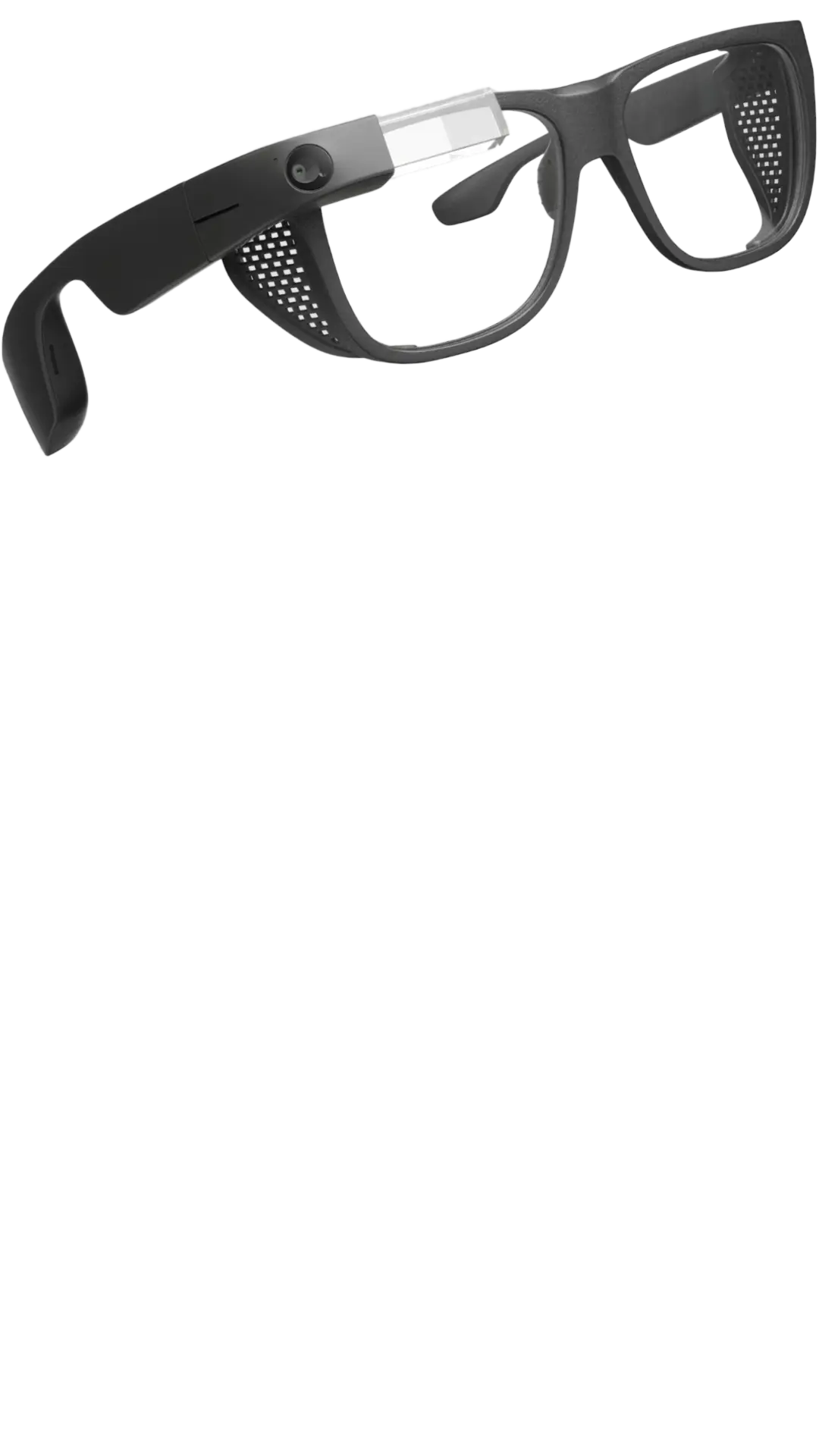
Augmented Reality
Augmented Reality
Augmented Reality is an ever-evolving technology that overlays multimedia information on top of our common sensory horizon to gain a deeper understanding of our surroundings. No, it doesn’t allow you to step out of the Matrix dream simulation, nor can it be accessed by swallowing a red pill. But neither is it the disturbing experience of the Playtest episode of Black Mirror.
Dive In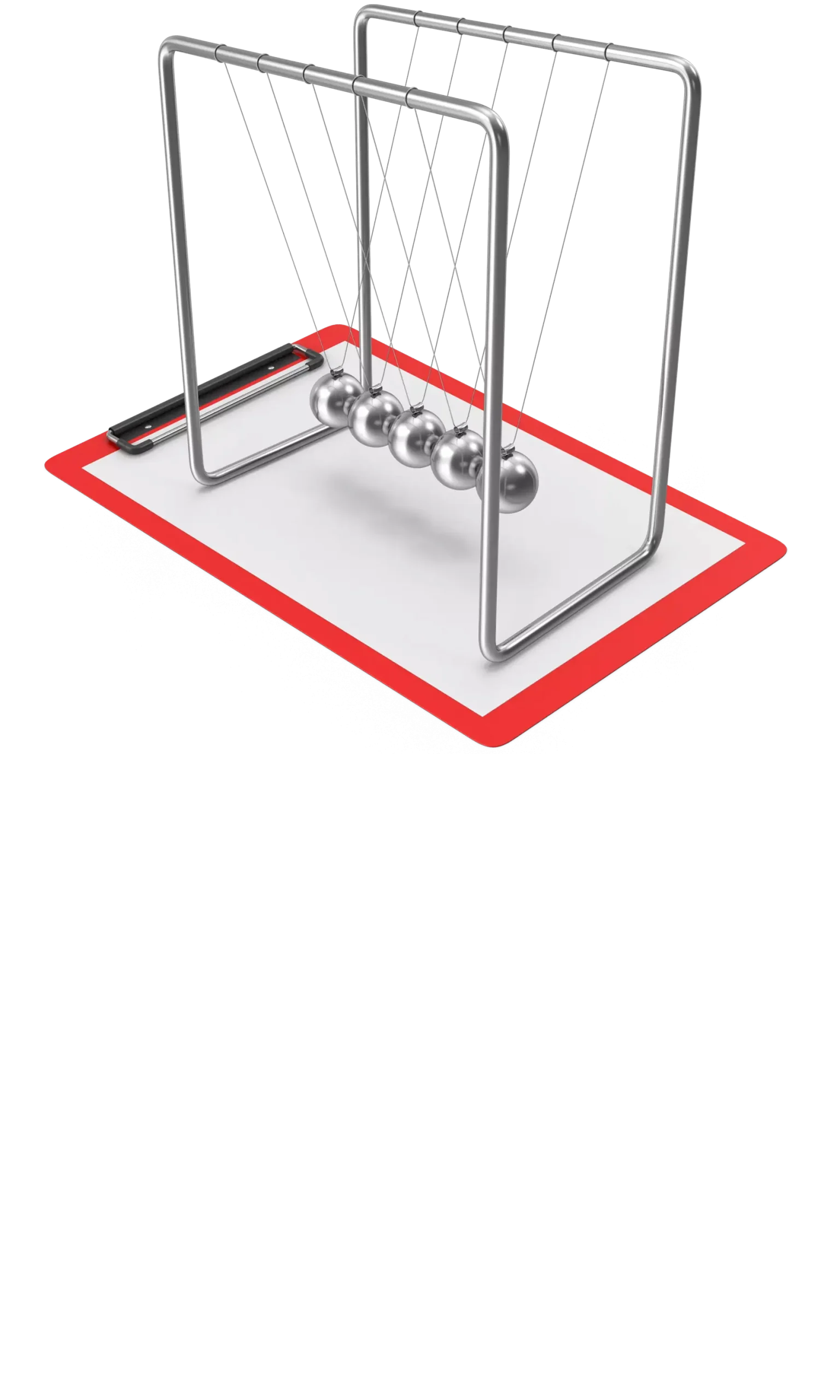
Balanced Scorecard
Balanced Scorecard
In business, as in life, you need balance. The Balanced Scorecard is a holistic tool for strategic management. It offers, in fact, the possibility of assessing corporate performance in its wholeness. An overview that embraces four perspectives: the business/financial side, customers and stakeholders, internal processes, and learning and growth.
Dive In